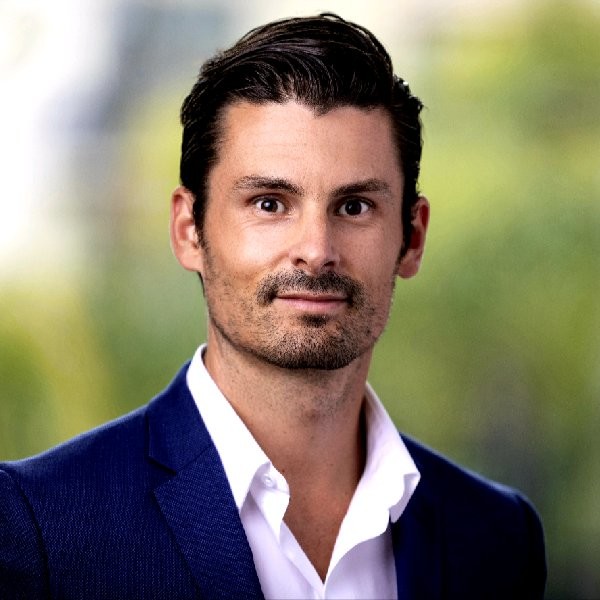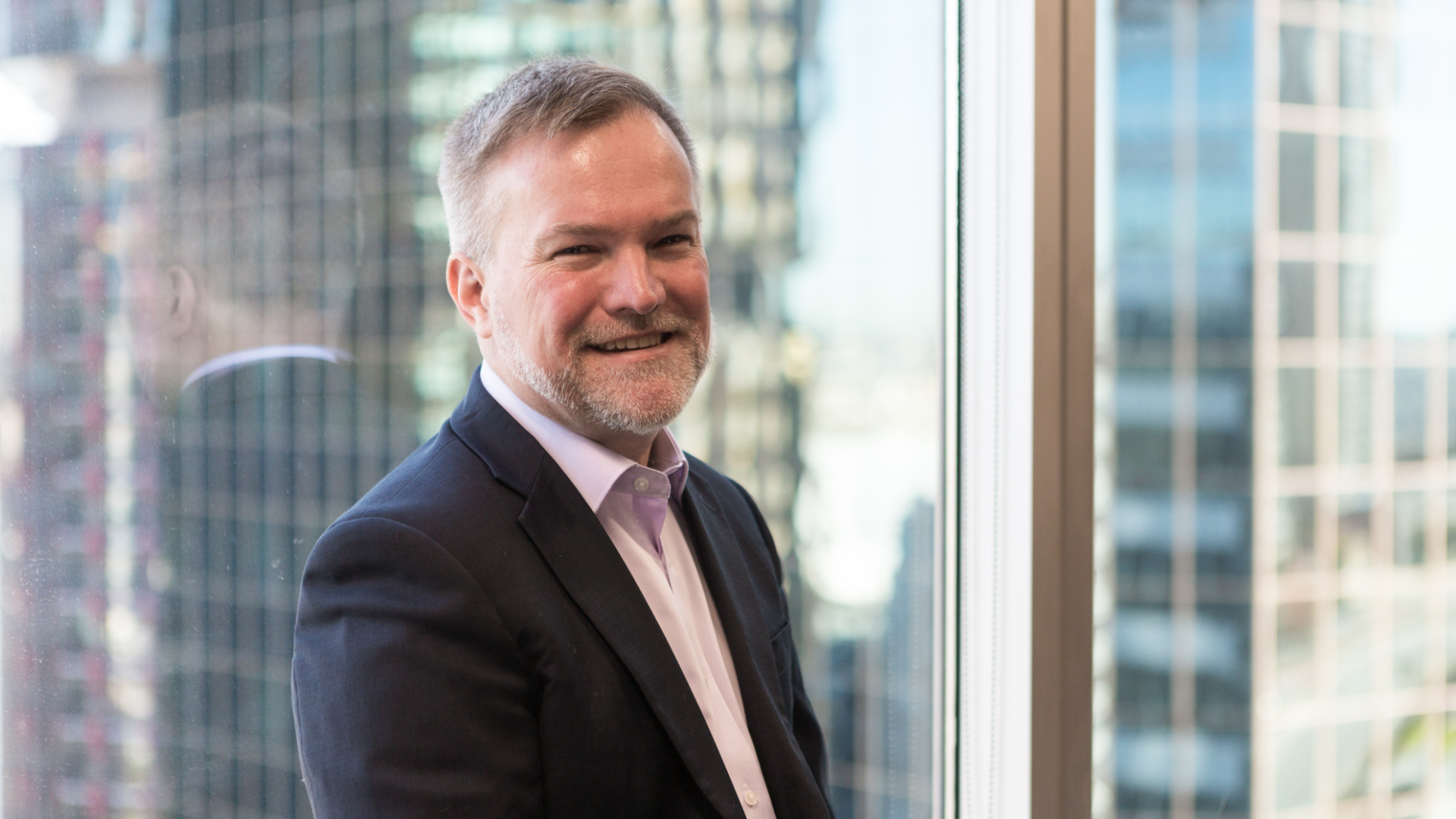How climate is driving impact investing
The rise in impact investing in the past few years has been spurred along by the rise in ESG investing generally, which in turn has been spurred along by climate-conscious investing. For fund flows, climate wins hands down.
Nuveen, the active funds management arm of TIAA in the US, is one of the oldest and largest in the impact space in the world, having made its first impact private equity investment in 1989. Now, the Nuveen Global Impact Strategy has US$1.18 billion (A$1.51 billion) under management, as at September 30,2020. The firm has a current impact private equity fund raising underway in the US.
TIAA (formerly TIAA-CREF) started life as a not-for-profit in the education sector, helping teachers with insurance, in the late 19th century. It acquired Nuveen in 2014, drawn to the firm not only by its specialist activities in real assets, but also by its culture, which tended to mirror that of TIAA, it was said at the time.
Rekha Unnithan, Nuveen’s New York-based co-head for impact investing, established the “intentional and leadership investing platform” for TIAA. This was set up to manage the parent’s commitment across the three main thematic areas of affordable housing, inclusive growth and resource efficiency.
At a time when green washing, impact washing and, more recently, rainbow washing are of major concern to the genuine players in the total ESG field, the intention of the investor and manager is considered the most important element in determining whether something is truly an impact investment.
For instance, Unnithan said in an interview this month (May 14), if she had been asked five years ago whether investments in public markets could be seen as ‘impact’, she would have questioned it. “Now, my view is that we have seen many companies that have been impactful in private markets and have exited into public markets that I think you can,” she says.
The growth of impact in public bond markets, in Australia being led by state government issuances, has helped the case for public markets as a legitimate source of impact equity.
Another change in those past five years has been the rise of climate as a driving force in investor thinking. Nuveen does not aim to provide a diversified co-mingled portfolio for all investors, but rather has a range of single-strategy funds and separate accounts.
Across this portfolio, climate-related impact investments account for about 50 per cent of the total. This is probably a bit less than the industry average, estimated to be 60 per cent by US consultancy and benchmarking company Tideline. Coincidentally, Nuveen awarded Tideline one of its first assignments when it was set up in 2014 and Unnithan is active in various organisations across the impact world helping to promote the sector’s growth through such things as measurement and benchmarking.
Nuveen’s recent annual report on private markets impact investing, ‘Investing in Resilience,’ says that the three areas of impact investing in relation to climate are:
- “Climate change mitigation. Technological advances create opportunities to improve resource efficiency and reduce carbon intensity in production processes and supply chains. We invest in companies that have a direct and substantial contribution to climate change mitigation, in alignment with the EU Taxonomy for Sustainable Finance. From affordable energy storage to sustainable building materials, our investments help traditional sectors transition to a low-carbon future.
- “Climate vulnerable populations. While all people are affected by climate change, the poorest populations are the most exposed. Climate change could result in more than 100 million additional people living in poverty by 2030. We invest to build social resilience to climate change among low-income communities globally. We do this by financing climate-smart agriculture, investing in disease prevention, helping families save for a rainy day, and alleviating rent burden.
- “Portfolio carbon footprint. All companies should explore opportunities to reduce carbon emissions intensity over time – it’s not only good for the environment; it’s good business. We work with our portfolio companies to identify cost-effective opportunities to reduce carbon intensity, for example through energy efficiency improvements or switching to cleaner fuel sources. Every little bit helps to get us closer to achieving the targets set out by the Paris Agreement.”
Andrew Kleinig, Australia’s country head for Nuveen, says that there continuous to be a bifurcation of opinions on definitions on ESG, even though it is a requirement to include the principle in most institutional investment mandates.

He says the next stage of growth in Australia for ESG and impact being in private equity, although the labour-intensive nature of the asset class makes it difficult to compete on fees across all market segments. For big super funds, he sees a growth in popularity for those member options within their overall portfolios.
Affordable housing has long been a core component of TIAA’s and Nuveen’s impact investing philosophy. It is a “staggering” global issue but manifests itself at a very local level, Unnithan says.
She is aware of the big difference in the nature of the problem in the US compared with Australia and many other countries. “There’s a strong desire to mitigate the issue in Australia,” she says. “But there’s a distinction with the US where the creation of affordable housing is supported by strong local and government programs since the 1980s for developers and investors. What is not done so well [in the US] is maintaining affordability after the tax incentives have expired… So, the question is: ‘Who will be the next owner?'”
With a bipartisan congress in the 1980s, the US passed the Community Reinvestment Act requiring banks to lend back into their local communities, including those neighborhoods which were disadvantaged. The banks saw that a good way to oblige with the requirement was through affordable housing. This prompted an array of other scheme aimed at its provision.
Nuveen’s impact team focuses a lot on the ‘new owner’ element because the properties tend to be good assets. Over the past year of pandemic, affordable housing rose to the top of housing investment categories because of its resilience as a sector, Unnithan says. One in four tenants has access to incentives to remain there.
“We’ve had more than US$200 million invested in new capital in 2020. It was our biggest year ever for affordable housing,” she says.











